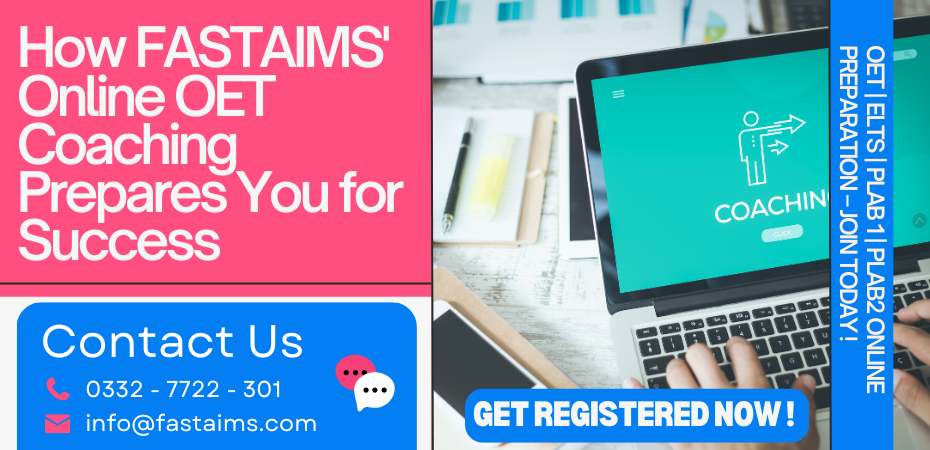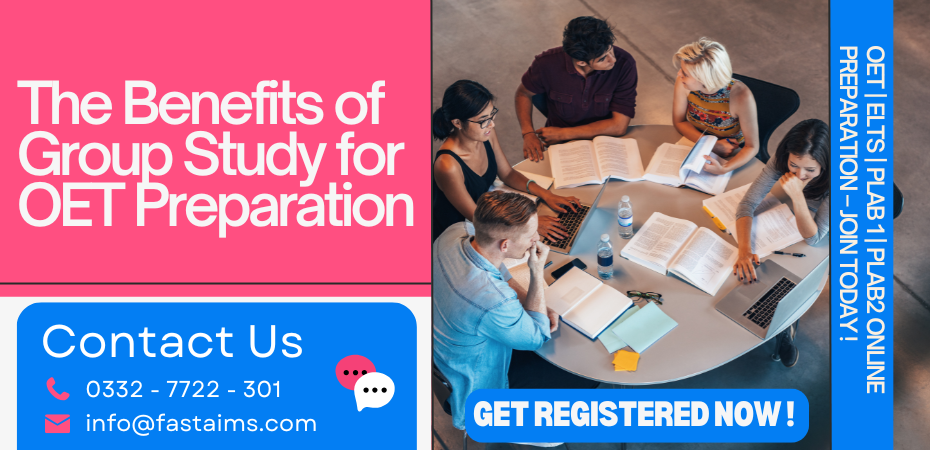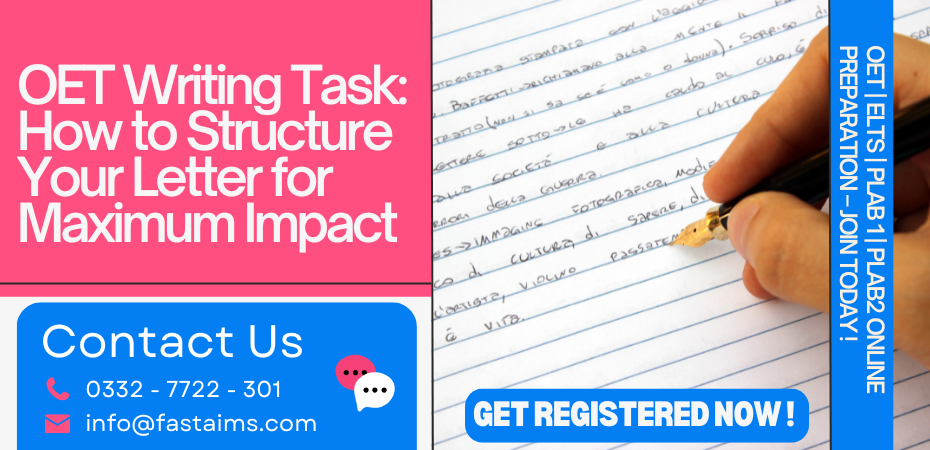OET Exam Format Explained: What You Need to Know
The Occupational English Test (OET) is an English language proficiency exam specifically designed for healthcare professionals. It tests your ability to use English in medical and healthcare contexts, ensuring you are ready to communicate effectively with patients and colleagues in English-speaking environments. Understanding the format of the OET exam is crucial to preparing effectively. In this guide, we will break down the OET exam format, detailing the different sections, what to expect in each, and how to prepare for each one.
Introduction
The OET is divided into four sub-tests: Listening, Reading, Writing, and Speaking. Each sub-test is designed to assess a particular aspect of your English language skills, specifically in healthcare-related contexts. The test is not general English; it is highly focused on medical communication and requires you to demonstrate your understanding and usage of medical terminology, as well as your ability to interact in a healthcare setting.
Here’s an in-depth look at each of the four sub-tests and their formats.
OET Listening Test: Format and Tips
The OET Listening test consists of three parts, designed to assess your ability to understand spoken English in a medical setting. You’ll hear recorded conversations and monologues, and answer questions based on the information you hear.
Listening Sub-Test Breakdown
Part A: Consultation Recordings (20 minutes)
This section includes two recorded patient consultations. These are dialogues between a healthcare professional (e.g., a doctor, nurse, or pharmacist) and a patient. You’ll need to answer 12 questions based on these recordings.
Tip: Focus on key details, such as symptoms, diagnoses, medications, and advice provided during the consultation.Part B: Workplace Dialogue Recordings (10 minutes)
This section contains two recorded workplace dialogues between healthcare professionals. You’ll hear discussions that take place in a hospital or clinic setting.
Tip: Pay attention to the context of each conversation, as it may relate to hospital protocols, patient care, or interprofessional communication.Part C: Presentations and Lectures (10 minutes)
The final part includes two recorded lectures or presentations on medical topics. These recordings are typically given by experts in the field.
Tip: Focus on important points, such as treatments, health policies, or research findings.
OET Reading Test: Format and Tips
The OET Reading test evaluates your ability to understand written medical texts. It tests your reading skills and ability to extract relevant information from healthcare-related passages.
Reading Sub-Test Breakdown
Part A: Skimming and Scanning (15 minutes)
In this section, you will be given three short texts that are healthcare-related. The questions will test your ability to quickly find specific information (e.g., names, dates, procedures, etc.).
Tip: Read the questions before reading the texts. This will help you know what to look for while skimming.Part B: Detailed Reading (20 minutes)
Here, you’ll be given two longer healthcare texts to read. These texts will focus on a range of medical topics, such as case studies or health policies.
Tip: Take your time to read the texts carefully and underline key terms or concepts that will help you answer the questions.Part C: Reading for Global Understanding (25 minutes)
This part contains two complex healthcare-related texts. These are academic or professional articles and require you to demonstrate an understanding of the overall meaning and details.
Tip: Focus on understanding the main idea of the text, as well as how the details support that idea.
OET Writing Test: Format and Tips
The OET Writing test requires you to write a referral letter based on a case history provided in the test. You are expected to present medical information clearly and accurately to another healthcare professional.
Writing Sub-Test Breakdown
Task: Write a letter to a healthcare professional, such as a GP (General Practitioner), specialist, or nurse. You will be given a patient case, including details about their medical history, symptoms, treatment plan, and other relevant information.
Time: You will have 45 minutes to complete this task.
Focus: The letter should be professional, concise, and clear. You must organize the information logically, starting with patient identification and presenting their case in a structured format.
Scoring: You will be assessed on your ability to:
Accurately convey the patient’s medical information.
Use appropriate medical terminology.
Maintain a professional tone.
Structure the letter in a way that makes it easy to understand.
Tip: Practice writing referral letters and focus on making the language clear, relevant, and organized. Avoid including unnecessary details.
OET Speaking Test: Format and Tips
The OET Speaking test assesses your ability to interact in a healthcare setting, communicating with patients and healthcare professionals in a realistic context.
Speaking Sub-Test Breakdown
Role-Play: You’ll take part in two role-plays in which you will interact with the examiner acting as a patient, relative, or colleague. The role-play will simulate real-world scenarios (e.g., explaining a diagnosis, providing treatment advice, or answering a patient’s questions).
Duration: Each role-play will last around 5 minutes, for a total of 10 minutes.
Healthcare Scenario: Each scenario is based on a specific healthcare profession. For example, a nurse might discuss post-surgery care with a patient, while a doctor might explain a treatment plan to a patient with a chronic condition.
Assessment Criteria: You will be evaluated on your ability to:
Use appropriate medical language.
Show empathy and effective communication skills.
Demonstrate your ability to handle real-life healthcare situations confidently.
Tip: Practice role-playing scenarios with friends or colleagues. Focus on clarity, patience, and professionalism.
Conclusion: Understanding the OET Exam Format
The OET exam is a specialized test designed to assess the language skills necessary for success in the healthcare profession. Each of the four sub-tests (Listening, Reading, Writing, and Speaking) plays a crucial role in measuring your ability to communicate in a medical setting.
By understanding the format and structure of each sub-test, you can approach your preparation more strategically. This comprehensive knowledge of the OET exam format will help you feel confident and ready to perform your best on exam day.




